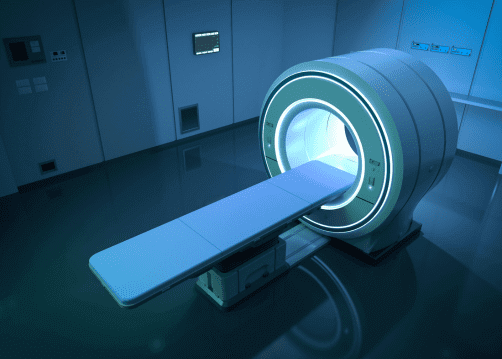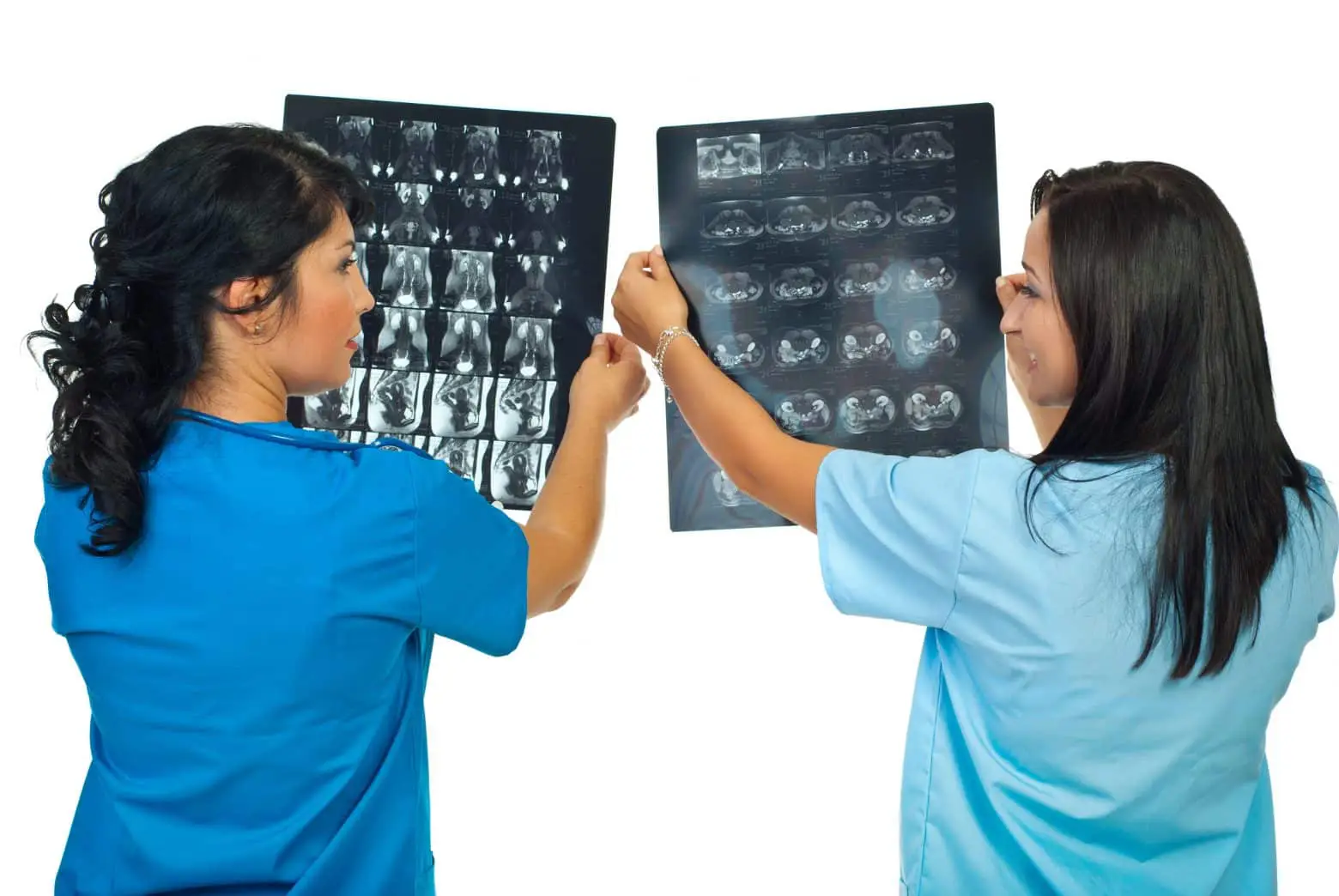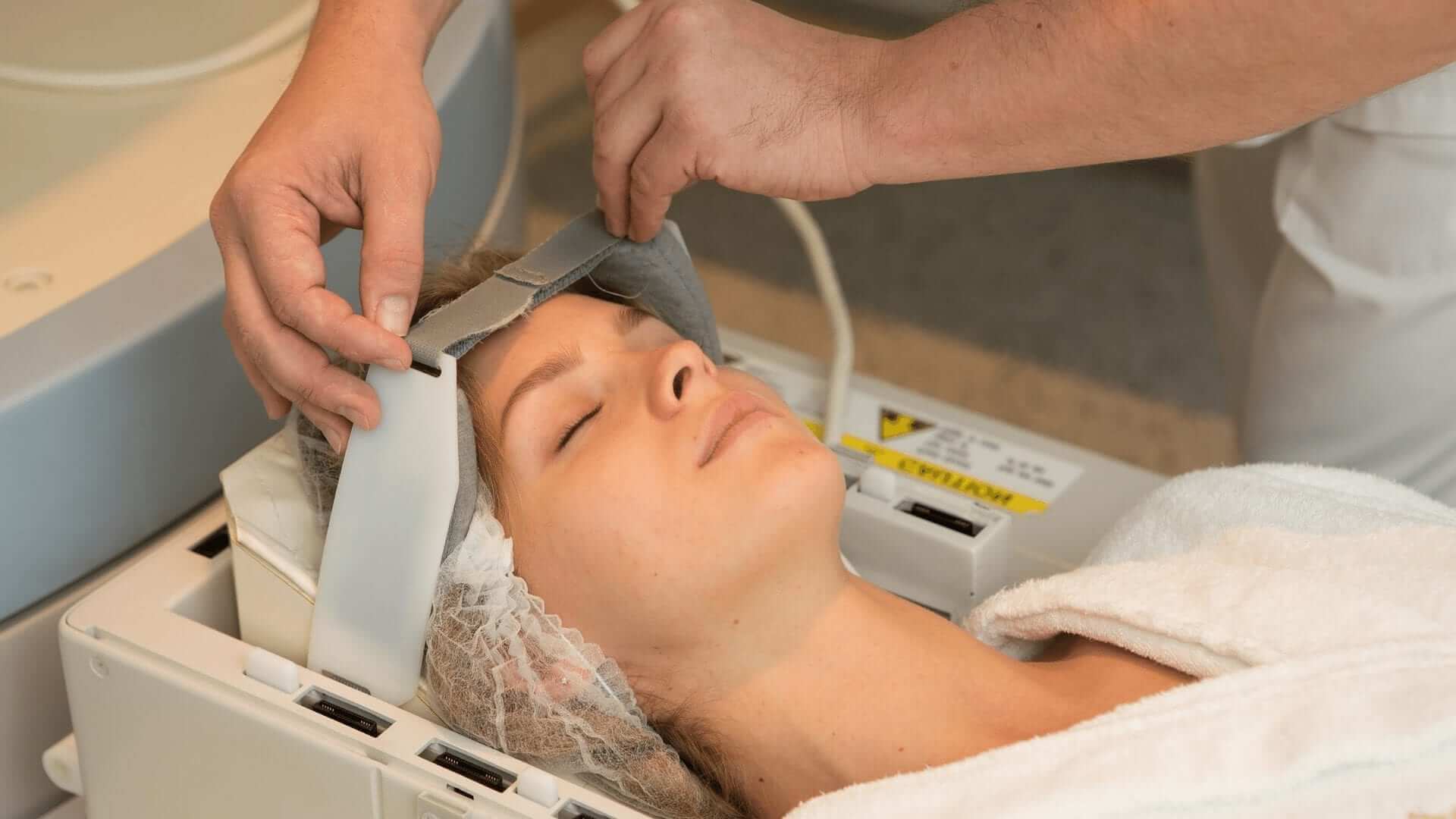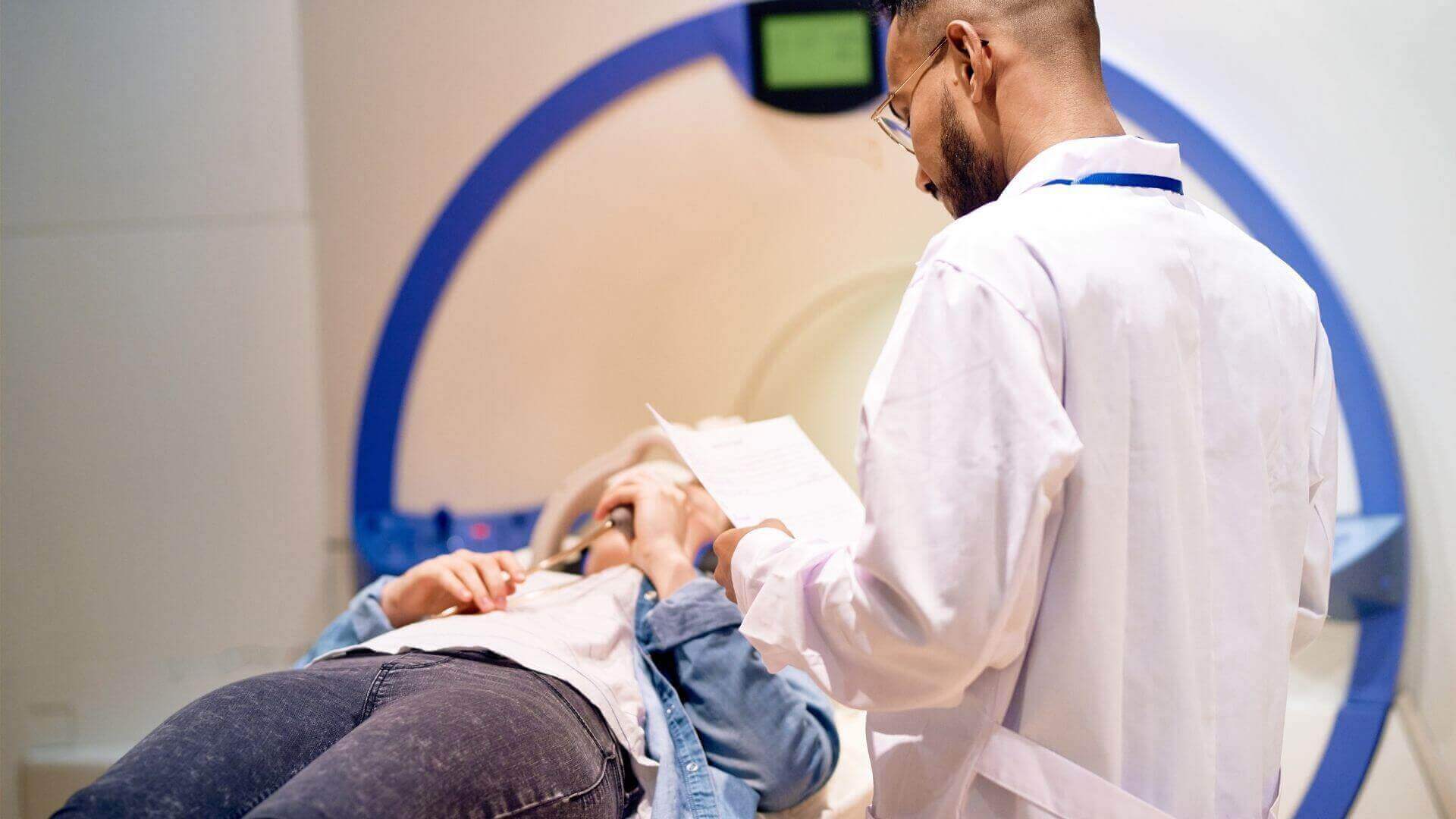MRI Technologist—Become a Part of the Medical Profession
Date: February 24, 2023
Unarguably, one of the most essential and significant medical advancements within the past decade is the invention of Magnetic Resonance Imaging (MRI). Magnetic Resonance Imaging allows doctors to see inside the human body when assessing ways of repairing it or proposing treatment options.
Magnetic Resonance Imaging is growing as a healthcare support role. According to the Bureau of Labor Statistics, experts anticipate a nine percent growth for the profession from 2018–2028.1 A technologist role such as this could be a viable option for one interested in pursuing a healthcare career. When looking into an academic course, it is important to ask two primary questions, “Is the program accredited” and “Does the program have qualified instructors?”
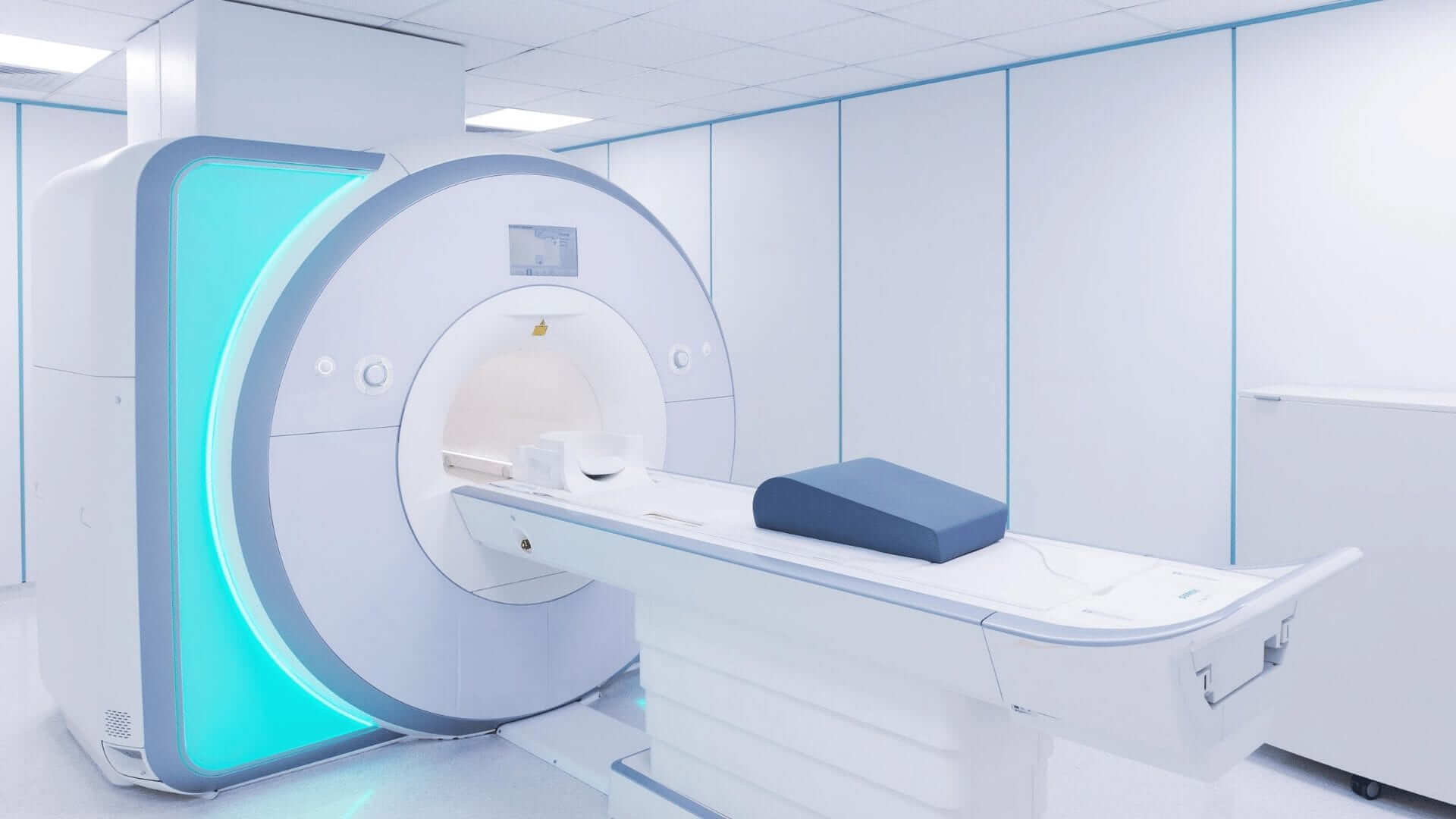
Two Questions
ONE
The first question is, “Is the Magnetic Resonance Imaging technologist program accredited and recognized by an academic governing body?”
Accreditation is important because it conveys that an institution has undergone an independent third-party review of an authoritative governing body, and the institution or program was found to be offering satisfactory educational instruction, as outlined by learning standards within that industry.
Gurnick Academy holds national institutional accreditation by the Accrediting Bureau of Health Education Schools (ABHES), a leader in health education accreditation. Further, the institution is approved to operate by the California Bureau for Private Postsecondary Education (BPPE).
TWO
The second question is, “Does the Magnetic Resonance Imaging Technologist program have qualified instructors with in-depth knowledge in the field?”
Easily obtainable, professors’ degrees and certifications are often visible on an institution’s website. One may also search to see what contributions a program’s instructors have made to the academia within their fields. I.e., Have they written professional papers on their subject matter? Are they respected in their areas of knowledge? Further, where are these professors and instructors on the spectrum of academia? Are they within the center, far off the spectrum, or on the bleeding edge of ideas, etc.? Often these variables count later when one enters the job market and seeks out networking opportunities.
A Learning Culture
Beyond just the `nuts and bolts’ of didactic instruction, a school’s learning culture is important in some seemingly gray areas. Often one can overlook these while selecting a school, but these are valid to one’s overall learning. For instance, are instructors approachable? Do professors go the `extra mile’ to help students in academic pursuits and projects? Is there a blend of intellectual autonomy yet enough real-life tutorials and learning support to make one’s experience worthwhile? Do faculty care about student success? Is there a distinct joy and passion for learning and discovery at the school?
Positively answering these questions can be as valid to one’s learning outcomes as the curricula material. They are worth the time to explore.
Get to Know the School
Finally, get to know the school or institution offering your desired program. The meaning of your education lies in the value of finding answers to these and other essential questions. Remember, a good program fit is the beginning of other steps to certification—yet it is an important first step.
Gurnick Academy of Medical Arts offers an accredited A.S. in Magnetic Resonance Imaging (MRI) program, which takes *18 months to complete.
Think you might be interested. Apply online here. ~
*72 Indicates Approved Instructional Weeks
Citation:
1 Occupational Outlook Handbook. “Radiologic and MRI Technologists.” Bureau of Labor Statistics, U.S. Department of Labor. (Accessed Nov. 25, 2021.)

